ASPR Directory
John Barry
Research interests: primate evolution, paleontology, geology, paleoenvironments, Miocene hominoids, Parkistan, and Southwestern America.jcbarry@fas.harvard.edu
Terence Capellini
My lab’s research is on identifying the DNA changes underlying human and non-human primate biological adaptations. In the process of identifying these changes, we seek to reveal basic developmental and genetic mechanisms governing biological trait formation and inheritance as well as their influence on disease risk…tcapellini@fas.harvard.edu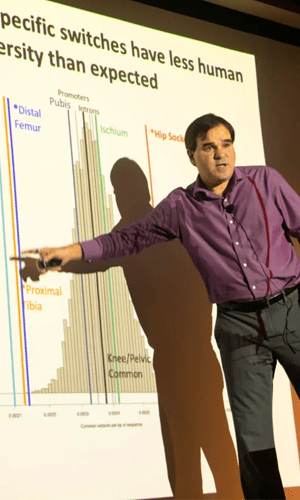
Amy Clark
Research interests: Hunter-gatherer archaeology, lithic technology, spatial analysis, Neanderthals, archaic and modern humans, Paleolithic Europe, Middle and Late Stone Age in North Africa.amy_clark@fas.harvard.edu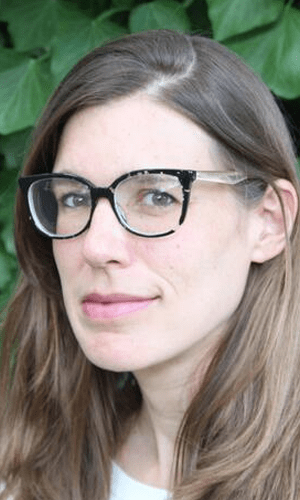
Kathleen Coleman
Research interests: Latin literature, especially Flavian poetry; history and culture of the early Empire; arena spectacles; Roman punishment; reception of the Classics by the twentieth-century South African poet, Douglas Livingstone.kcoleman@fas.harvard.edu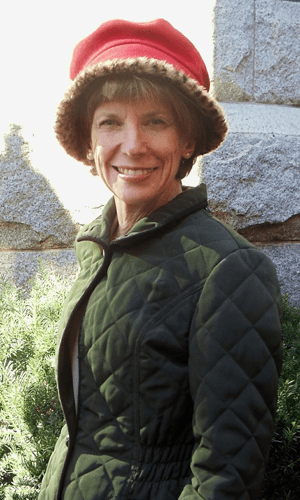
Abigail Desmond
I am an archaeologist and a College Fellow in the Human Evolutionary Biology (HEB) Department at Harvard University. I teach courses related to human evolution, with a focus on technology and cognition. I received my DPhil and MPhil in Paleolithic Archaeology from The University of Oxford…abigaildesmond@fas.harvard.edu
Scott Edwards
Research interests: Evolution, Behavior, Biodiversity & Systematics, Mathematical & Computational Biology, Neuroethology & Behavioral Ecology, Population & Evolutionary Genetics.sedwards@fas.harvard.edu
Rowan Flad
Research interests: Chinese Archaeology; emergence and persistence of complex societies in the Sichuan Basin; Interregional Interaction and the Proto-Silk-Road; Technology and Technological Change; Specialization; Zooarchaeology; Emergence and development of complex society in the late Neolithic period and the Bronze Age in China.rflad@fas.harvard.edu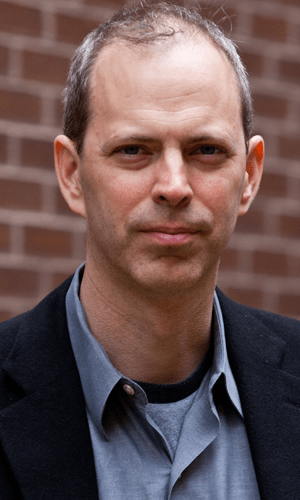
Lawrence Flynn
My research interests focus on the paleobiology of past ecosystems, especially the Neogene of South Asia and China. I specialize in small mammals which, collectively, account for half of modern community diversity. For the fossil record, small mammals are dominantly Rodentia (other orders being less diverse and under-represented). The terrestrial sequence…ljflynn@fas.harvard.eduDaniel Green
Daniel’s research develops tools by which teeth can be turned into diagnostic indicators of environment, climate, and childhood exposure to pollutants in contemporary and ancient populations. Additionally, he has had the opportunity to conduct field research with the National Museums of Kenya, the Turkana Basin Institute, and the West Turkana Archaeological Project…
Pablo Gutiérrez de León
Pablo Gutiérrez de León studies the archaeology of nomadic pastoralism in the northeastern Horn of Africa, focusing on Ethiopia, Djibouti, Somaliland, and Somalia. His work examines pastoral societies from the beginnings of animal husbandry to the present day, integrating themes such as trade in the Indian Ocean, Islamization, European colonization…pablogutierrezdeleon@fas.harvard.edu
Jingbo Li
Dr. Jingbo Li studies foodways and the development of complex societies in Neolithic and Bronze Age China, with a particular focus on how diet, alcohol production, and ritual practices shaped political authority and cultural identity. Trained in archaeobotany, residue chemistry, and isotopic analysis, she reconstructs…jingboli@fas.harvard.edu
Daniel Lieberman
I study and teach how and why the human body looks and functions the way it does. I have long been fascinated by the evolution of the human head but my main focus is on the evolution of human physical activity. I am especially interested in how evolutionary approaches to activities such as walking and running…danlieb@fas.harvard.edu
Matthew Liebmann
Research interests: North American Archaeology, Southwest US, contact and colonialism in the Americas, Historic Pueblos, NAGPRA.liebmann@fas.harvard.edu
Margot Louail
Margot Louail studies the past ecologies of African suids and primates in the Pliocene and Pleistocene to explore the role of seasonality and feeding habits on their evolution. Her research mostly involves dental wear analysis and stable isotopes. She received her PhD from…margotlouail@g.harvard.edu
Peter Der Manuelian
Research interests: Ancient Egyptian history, archaeology, epigraphy, the development of mortuary architecture, the iconographic nature of Egyptian language and culture in general; the Giza Necropolis, and the application of digital technologies to research and teaching.peter_manuelian@harvard.edu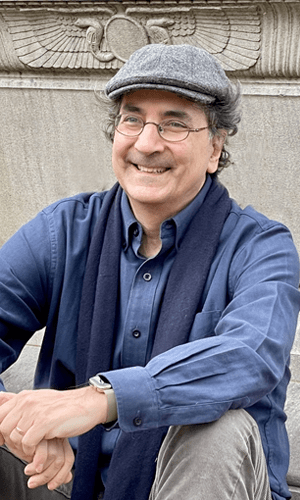
Richard Meadow
Research interests: Archaeology of South and West Asia; the Indus Civilization; Zooarchaeology; domestication of animals; origins of agriculture.meadow@fas.harvard.edu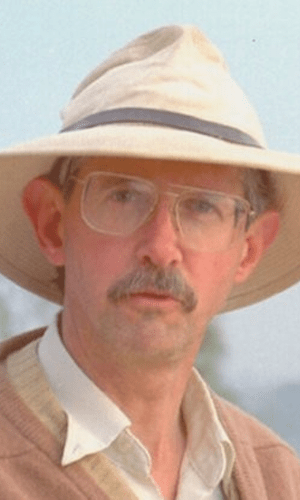
Shayla Monroe
Research interests: African pastoralism, zooarchaeology of the Nile Valley, political ecology of the Sahara and the Sahel, faunal analysis, the effects of climate change on intergroup cooperation and conflict. shaylamonroe@fas.harvard.edu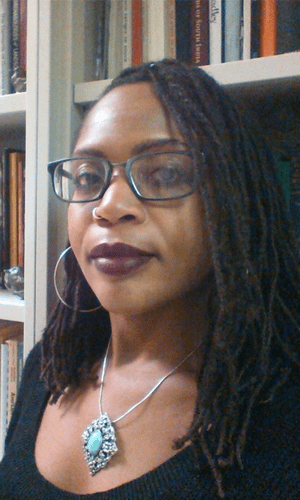
Michèle Morgan
As a paleoecologist, I use various analytical tools to study local climatic conditions, foraging strategies, and life history parameters of fossil and extant taxa including stable isotope, dental microwear and body size analyses. I also study taphonomic processes relating to fossil locality formation and fossil preservation…memorgan@fas.harvard.edu
Elizabeth Nist
Lizzy is the Lab Manager for Harvard’s Anthropology Department, where she manages several lab spaces, including the Warinner Ancient BioMolecules Laboratory, the Anthropology Multiuser Laboratory, and the Microscope Laboratory…enist@fas.harvard.edu
Ann Pearson
Ann Pearson is the Murray and Martha Ross Professor of Environmental Sciences. Her research focuses on applications of analytical chemistry, isotope geochemistry, and molecular biology to biochemical oceanography and Earth history…apearson@eps.harvard.edu
Jane Pickering
Jane Pickering was appointed as the William and Muriel Seabury Howells Director of the Peabody Museum of Archaeology & Ethnology in July 2019. After a decade working in museums in the U.K., she moved to the U.S. to be Director of the MIT Museum in 1998. At MIT she…jpickering@fas.harvard.edu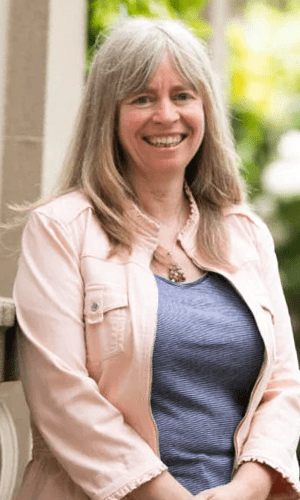
Dan Smail
Daniel Lord Smail is Frank B. Baird, Jr. Professor of History at Harvard University, where he works on the history and anthropology of Mediterranean societies between 1100 and 1600 and on deep human history. In medieval European history, his work has explored the legal, social, and cultural…smail@fas.harvard.edu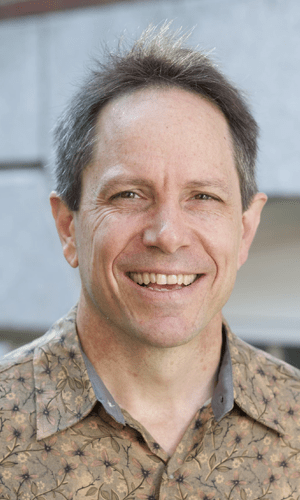
Noreen Tuross
Research interests: Application of biogeochemical techniques, including immunology and mass spectrometry, to archaeological questions; ancient DNA and DNA damage; human impacts on the land; paleodiet, migration, and seasonality.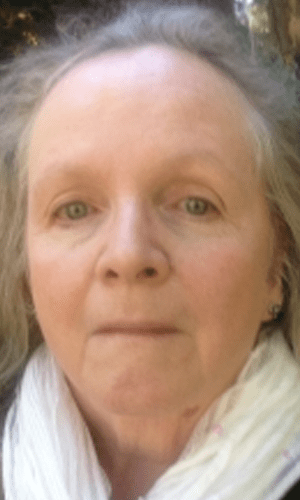
Kevin Uno
Kevin Uno is an Associate Professor in the Department of Human Evolutionary Biology at Harvard University. He is a paleoecologist whose primary research focus is on exploring the role of climate and environmental change on mammalian and human evolution. To do this, he uses stable isotope and organic geochemical methods to reconstruct climate…kevinuno@fas.harvard.edu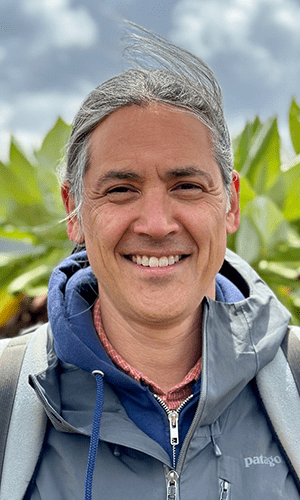
Jason Ur
Jason Ur specializes in early urbanism, landscape archaeology, and remote sensing, particularly the use of declassified US intelligence imagery. His research has focused on the impacts of early urban communities on their landscapes using field survey and satellite remote sensing techniques…jasonur@fas.harvard.edu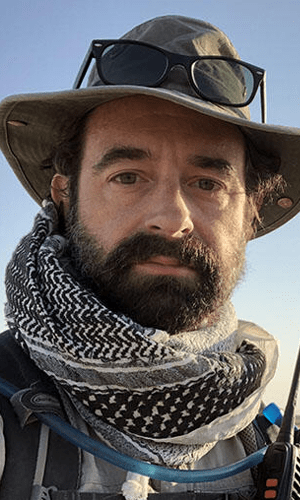
Christina Warinner
Christina (Tina) Warinner is John L. Loeb Associate Professor of the Social Sciences and the Sally Starling Seaver Associate Professor at the Radcliffe Institute. She is also a group leader in the Department of Archaeogenetics at the Max Planck Institute for Evolutionary Anthropologywarinner@fas.harvard.edu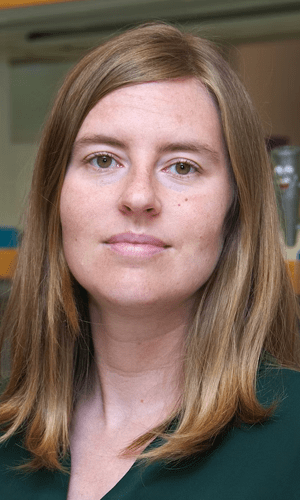
Jesse Wolfhagen
Research interests: animal domestication, pastoralism, zooarchaeological methods, human-animal interactions, archaeology of southwest Asia, statistics in archaeologyjwolfhagen@fas.harvard.edu
Kayla Worthey
Kayla Worthey is an archaeologist and biogeochemist studying the Late Pleistocene terrestrial environments of North Africa and their impacts on humans during the Middle and Later Stone Ages. She principally uses stable isotope-based proxies from organic biomarkers and faunal remains sampled from archaeological sites…kbworthey@fas.harvard.edu
Richard Wrangham
Richard Wrangham (PhD, Cambridge University, 1975) is Ruth B. Moore Research Professor of Biological Anthropology (retired) at Harvard University and founded the Kibale Chimpanzee Project in 1987. He has conducted extensive research on primate ecology, nutrition, and social behavior. He is best known for his work on…wrangham@fas.harvard.edu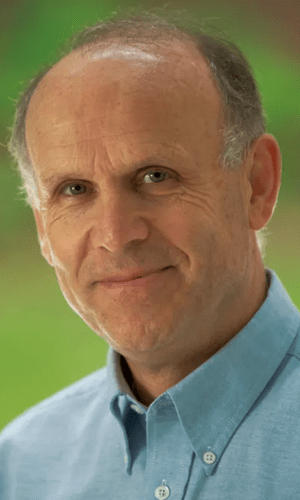
Chengrui Zhang
Chengrui Zhang earned his PhD from Harvard University in 2024 (Dissertation: Subsistence and Ritual: Animal Economy in the Bronze Age Qaidam Basin in Northwestern China) and then moved on to a postdoctoral position, in which he focuses on…chengrui_zhang@g.harvard.edu
ASPR Alumni
Alfred Tozzer
Alfred Marston Tozzer (1877–1954) was a pioneering American anthropologist and archaeologist, and he was listed as a member of the ASPR during its earliest years. A Harvard graduate, he taught there for most of his career and became the first Harvard professor of anthropology. Tozzer conducted extensive fieldwork in Mexico and Central America, producing foundational
Ali Yawar
I am a post-doctoral researcher in the Skeletal Biology and Biomechanics Lab, and lecturer in the Department of Human Evolutionary Biology at Harvard. I got my PhD in Mechanical Engineering at the Biomechanics and Control Lab at Yale University. I work on the biomechanics of the human foot…aliyawar@g.harvard.edu
Bruce Howe
Bruce Howe was affiliated with Harvard University and worked closely with the American School of Prehistoric Research (ASPR) in the mid-20th century. In several bulletins he is listed as part of the ASPR–Tufts expedition staff, and he often took part in both fieldwork and publication efforts. In 1949, He participated in the excavations of cavesCarleton Stevens Coon
Carleton Stevens Coon (1904–1981) was a Harvard-trained anthropologist who went on to a long academic career and eventually wound up at the University of Pennsylvania. In the 1930s and early 1940s, he was closely involved with the American School of Prehistoric Research (ASPR), serving as one of its principal field archaeologists in North Africa. ForCharles E. Stearns
Charles E. Stearns was a geologist at Tufts University who collaborated with the American School of Prehistoric Research in North Africa during the late 1940s. He participated in the 1949 excavations at Tipasa and Kouali Point, Algeria, where his geological expertise was critical in correlating archaeological horizons with sea-level fluctuations and coastal geomorphology. Stearns’s mappingCharles Peabody
One of the founders of the ASPR, Charles Peabody has an important role in the organization’s history. In the early 1920s, he worked with Henri Martin and Mr. & Mrs. MacCurdy to establish the American School of Prehistoric Research in Europe. Charles Peabody had originally imagined that the school’s activities would be confined to France,
David Pilbeam
Research interests: paleoanthropology, hominoid evolution, anatomy, paleoecology, Africa, and Asia.pilbeam@fas.harvard.edu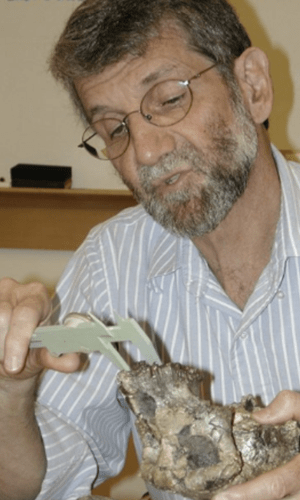
Dorothy Garrod
Dorothy Garrod played a leading role in the excavations at Mount Carmel, which were the product of a joint effort between the ASPR and the British School of Archaeology at Jerusalem. She worked closely with ASPR affiliates such as Theodore McCown and Hallam Movius Jr. Twelve field seasons at Mount Carmel yielded groundbreaking archaeological discoveries
Earnest A. Hooton
Hooton (1887 – 1954) was Harvard’s first professor of physical anthropology and a leading figure in American anthropology in the early–mid 20th century. He was not primarily a field archaeologist; instead, he was deeply involved in the ASPR as a physical anthropologist, especially in the analysis of human skeletal remains. In the ASPR bulletins, Hooton’sGeorge Grant MacCurdy
George Grant MacCurdy was born on April 17th, 1863 in Warrensburg, Missouri, where he attended State Normal College. Little is known about his early life, but by age 26 he had risen in the ranks of his local school system and become the superintendent. He was first introduced to Boston in 1889…
Henri Hugot
Henri Hugot was a French prehistorian and specialist in Saharan archaeology who collaborated with the ASPR in the mid-20th century. A member of the Centre National de la Recherche Scientifique (CNRS), Hugot contributed expert guidance during the analysis of North African assemblages recovered by ASPR expeditions. He offered both typological insight and broader context, drawingHugh O’Neill Hencken
Hugh Hencken was the editor of the ASPR bulletin series between the years of 1948 and 1971, and he also served as the Director of the School following Mr. MacCurdy’s passing. He was born in New York City in 1902, and in 1930 he received his Ph.D. from Cambridge University, after earning an A.B. and
Hugo Obermaier
A leading scholar of European prehistory during his time, Huge Obermaier made important contributions to the foundation of the ASPR through his friendship with George MacCurdy. In 1912, the two visited prehistoric caves in Spain, sparking MacCurdy’s interest in old world prehistory, which later inspired him to establish the American School of Prehistoric Research. Dr.James Harvey Gaul
James Harvey Gaul was a graduate of Harvard University and an ASPR member during the organization’s early years. He was one of five students during the ASPR’s 1934 summer term and in 1935-36, he was a member of the ASPR’s expedition to Persia…
Karl Lamberg-Karlovsky
Research interests: The urban process and exchange networks that tie the Near East, the Persian Gulf, the Arabian peninsula, and Central Asia into spheres of economic and political interaction.karlovsk@fas.harvard.edu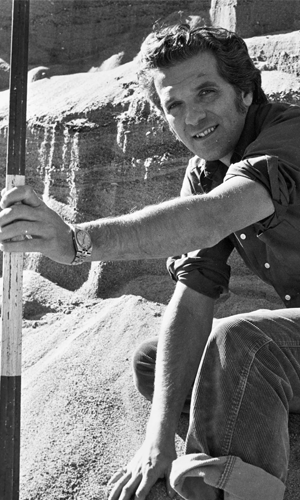
Kristine Richter
Kristine manages the departmental laboratories, trains students in wet chemistry and palaeoproteomics methods, and conducts research for Prof. Warinner. She is responsible for supporting faculty and students who conduct laboratoratory research and is aviable for providing tours of the labs and having conversations about the facilities avaiable in the department…krichter@fas.harvard.eduLionel Balout
Lionel Balout was a French anthropologist and archaeologist whose collaboration with the ASPR advanced the study of Stone Age populations in North Africa. Based at the Bardo Museum in Algiers, Balout was instrumental in assembling skeletal collections and facilitating laboratory studies supported by the ASPR. His surveys and publications in the 1950s provided the frameworkLloyd Cabot Briggs
Lloyd Cabot Briggs played an important administrative role in the ASPR during the mid-twentieth century as a Trustee of the ASPR. he was also closely engaged in fieldwork and publications, and he appears frequently in the reports as both a participant and occasionally co-director of projects. For example, Briggs worked closely with Hugh Hencken, BruceTheodore D. McCown
Theodore D. McCown was born in 1908 and graduated with an undergraduate degree in anthropology from the University of California, Berkeley in 1929. In 1930, he was one of 12 student participants in the ASPR’s 10th summer term, which included extensive travel around Europe and excavation at the French site of Abri des Merveilles…
Vladimir Fewkes
Between 1927 and 1938, Vladimir Fewkes participated in ASPR summer terms as a student, and later, a director while Dr. MacCurdy was working elsewhere. He served as the director for the 1932, 1933, 1934, and 1938 terms of the summer school, and he contributed important reports to ASPR bulletins 9, 10, 11, 12, and 15.Recipients of ASPR Support
The ASPR is pleased to support early career scholars conducting research in old world prehistory.
Aura Allshouse
Alex Kim (2023)
Melina Seabrook (2023-24)
Samuel Wainaina Kiuna (Summer 2024)
Margaret Wairimu Kuria (Summer 2024)
Michelle Muchiri (Summer 2024)
Thomas Odeyo (Summer 2024)
Wenli Li (Summer 2024)
Lily Song (Summer 2024)
Tom Iversen Zeerow (Summer 2024)
Mei Fujimura (Summer 2025)
Karen Choi (Summer 2025)
Christine Adhiambo (Summer 2025)
Irene Chepngetich (Summer 2025)
Simon Mumo (Summer 2025)
Julia Granato (2025)
Alex Bertacchi (2025)
Miren Iraeta-Orbegozo (2025)
Meixu Ye (2025)
Emma Bird (2025)
Camellia Biswas (2025)
Recipients of indirect support:
Sam Chung (Summer 2024)
Brooke Decho (Summer 2024)
Uzma Issa (Summer 2024)
Lindsay Bernard (Summer 2025)
Loughran Cabe (Summer 2025)
Chloe Chao (Summer 2025)
Asher Montgomery (Summer 2024)
Elisabeth Ngo (Summer 2024)
Su Chi-Yu (Danny) (Summer 2024)
Sylvie Wurmser (Summer 2024)
Aghader Yassen (Summer 2025)
Annika Dellinger (Summer 2025)
Shinyoung Jeon (Summer 2025)
Barbara Sheehan (Summer 2025)
Daniel Wilentz (Summer 2025)
